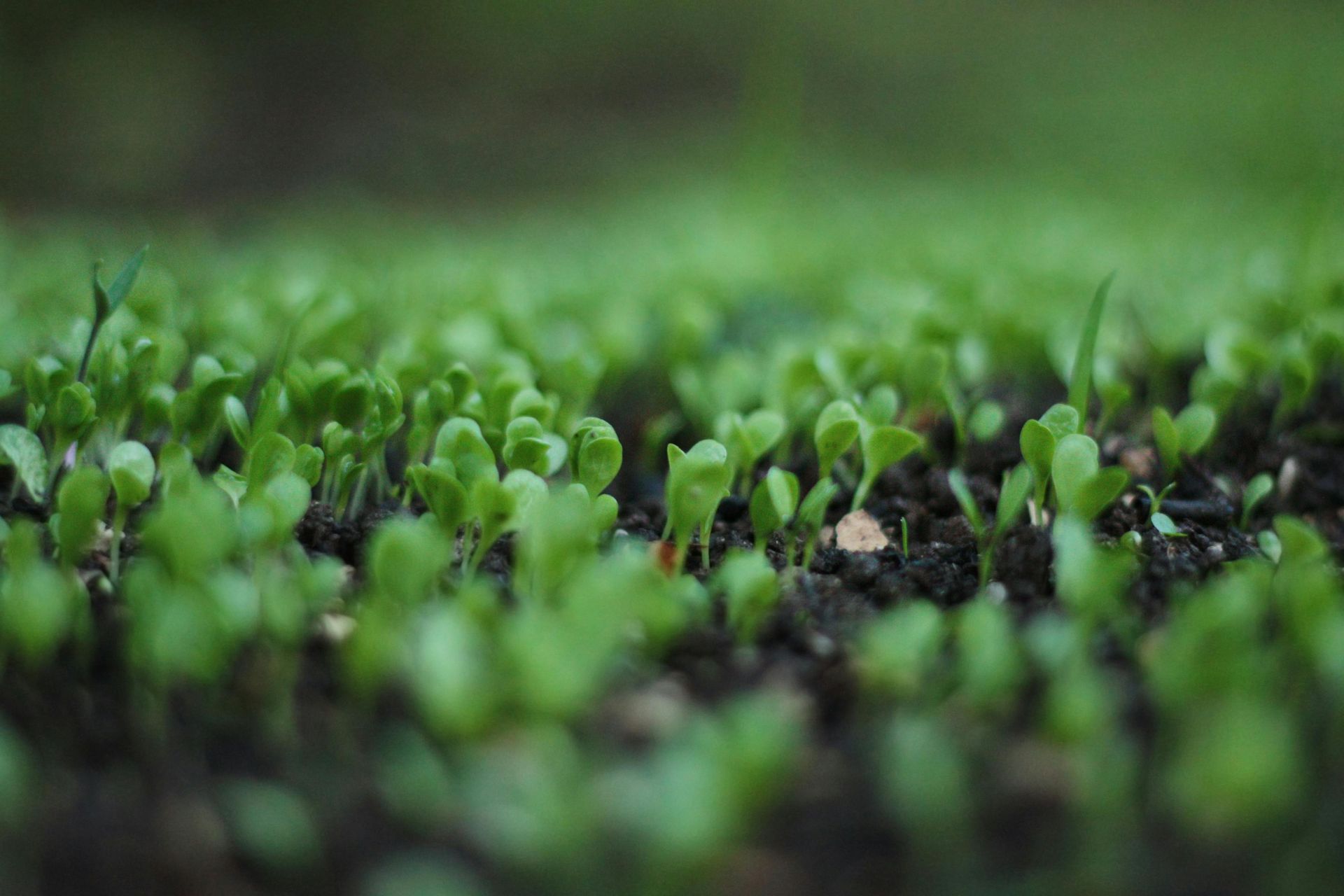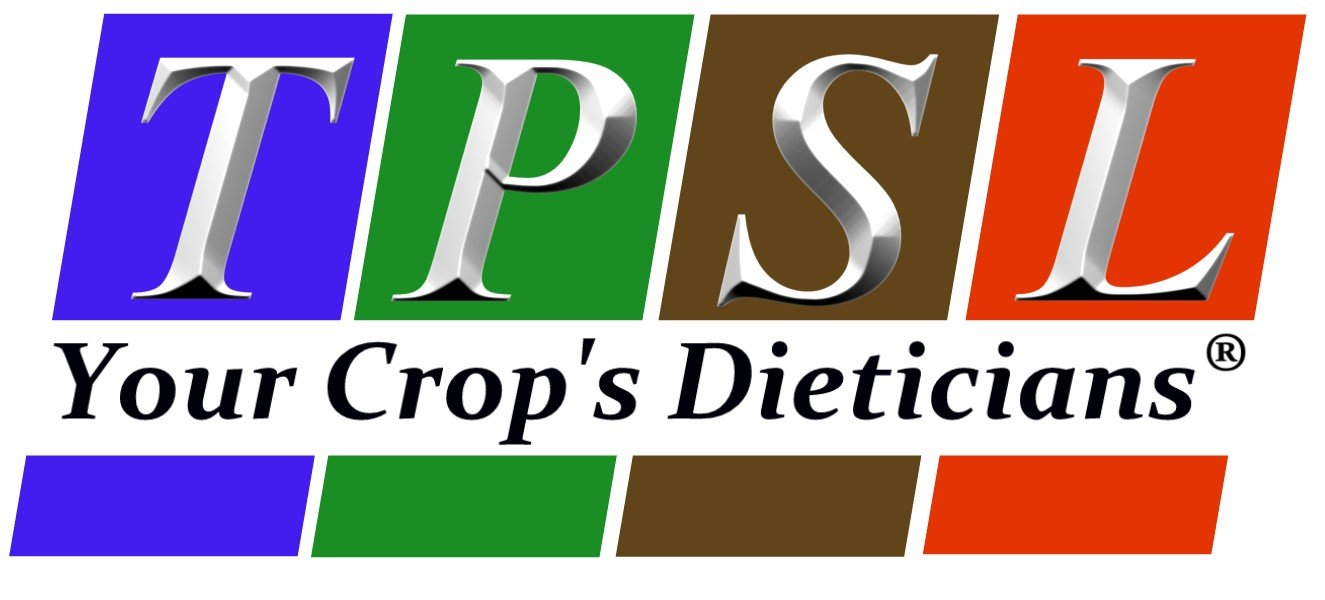Improving Soil Health with Organic Supplements

Soil health is the foundation of a productive farm. A healthy soil not only supports plant growth but also enhances water retention, nutrient availability, and disease suppression. For farmers in South Texas and beyond, improving soil health is vital for sustainable agriculture and long-term profitability. One of the most effective ways to achieve this is by incorporating organic amendments. Let’s explore how organic materials can transform your soil and highlight the best options for your operation.
Why Focus on Soil Health?
Healthy soil is teeming with life—from beneficial microbes to earthworms—all working together to improve soil structure and fertility. Organic amendments add carbon, nutrients, and biologically active compounds that feed soil organisms and enhance soil properties. Here are some key benefits of focusing on soil health:
- Improved Nutrient Cycling: Organic amendments release nutrients slowly, ensuring plants have access to essential elements over time.
- Enhanced Water Retention: Organic matter increases soil’s ability to hold water, reducing irrigation needs.
- Better Soil Structure: Adding organic materials improves soil aggregation, aeration, and drainage.
- Reduced Erosion: Healthy soil resists erosion by binding particles together, protecting valuable topsoil.
- Enhanced Resilience: Soils rich in organic matter are better equipped to handle stress from drought, salinity, and temperature fluctuations.
Best Organic Amendments for Soil Health
Here are the top organic amendments that can make a real difference in your soil:
1. Amino Acid-Based Fertilizers
Amino acid-based fertilizers, such as CSL+, are powerful tools for improving soil and plant health. These biostimulants provide a direct source of nitrogen, carbon, and other organic compounds that feed soil microbes and plants.
- Benefits:
- Quick absorption by plants, reducing nitrogen losses.
- Supports microbial activity, improving nutrient cycling.
- Enhances plant vigor and stress tolerance.
- How to Use: Apply 0.5 to 1 quart per acre as a foliar spray or through drip irrigation for consistent results.
2. Compost
Compost is a well-known organic amendment, and for good reason. Whether it’s yard waste compost, manure-based compost, or vermicompost, this material is rich in organic matter and nutrients.
- Benefits:
- Adds stable organic matter, improving soil structure and water retention.
- Supplies a diverse array of nutrients.
- Introduces beneficial microbes to the soil.
- How to Use: Apply 2-5 tons per acre annually, depending on soil needs and crop requirements. Work the compost into the top 6-8 inches of soil.
3. Humic Acid
Humic acids, derived from leonardite or other organic sources, are a concentrated form of organic matter that enhances soil chemistry and biology.
- Benefits:
- Improves nutrient uptake by chelating nutrients.
- Enhances soil’s cation exchange capacity (CEC).
- Promotes microbial growth and activity.
- How to Use: Apply 1-2 gallons per acre through irrigation systems or as a soil drench.
4. Sulfur
Sulfur is an essential nutrient for plants and a powerful tool for improving soil conditions, particularly in alkaline soils like those found in South Texas.
- Benefits:
- Lowers soil pH, making nutrients more available.
- Enhances microbial activity in the rhizosphere.
- Provides a vital nutrient for plant protein synthesis.
- How to Use: Apply elemental sulfur at rates of 200-500 lbs per acre or use a sulfur-based liquid amendment.
5. Manures
Manures, such as poultry litter, cattle manure, or sheep manure, are excellent sources of organic matter and nutrients.
- Benefits:
- Adds nitrogen, phosphorus, potassium, and trace elements.
- Enhances soil’s water-holding capacity.
- Promotes microbial diversity.
- How to Use: Compost raw manure before application to reduce the risk of pathogens and nutrient runoff. Apply 5-10 tons per acre, based on soil tests and crop needs.
6. Gypsum
Gypsum, or calcium sulfate, is a soil amendment that improves soil structure and provides key nutrients.
- Benefits:
- Supplies calcium and sulfur without altering soil pH.
- Reduces soil compaction and crusting.
- Improves water infiltration in heavy clay soils.
- How to Use: Apply 1-2 tons per acre for soil improvement or as needed based on soil tests.
7. Crop Residues
Incorporating crop residues, such as straw or corn stover, into the soil is a cost-effective way to build organic matter.
- Benefits:
- Adds carbon to the soil.
- Protects the soil surface from erosion.
- Stimulates microbial activity during decomposition.
- How to Use: Chop residues finely and incorporate them into the soil after harvest.
Building a Soil Health Management Plan
To get the most out of organic amendments, follow these steps to build a comprehensive soil health management plan:
- Test Your Soil: Start with a soil test to determine nutrient levels, pH, and organic matter content.
- Identify Goals: Decide whether you need to improve fertility, reduce compaction, or address salinity issues.
- Choose the Right Amendments: Select organic amendments based on your soil’s specific needs.
- Apply Amendments Correctly: Follow recommended application rates and methods to ensure uniform distribution.
- Monitor Results: Regularly test your soil to track improvements and adjust your program as needed.
Combining Organic Amendments for Maximum Impact
Organic amendments often work best in combination. For example:
- Use compost as a base amendment to build organic matter.
- Apply amino acid-based fertilizers like CSL+ for a quick nutrient boost.
- Incorporate humic acids to improve nutrient availability.
- Use sulfur or gypsum to address specific soil chemistry issues.
By combining these amendments, you create a synergistic effect that accelerates soil improvement and enhances crop performance.

Overcoming Challenges
Improving soil health with organic amendments requires careful planning and management. Here are some common challenges and tips for overcoming them:
- Nutrient Imbalances: Use soil tests to guide amendment choices and avoid over-application.
- Cost Concerns: Focus on high-impact amendments like amino acid fertilizers and compost, which offer the best return on investment.
Labor and Time: Simplify application processes by using liquid amendments like humic acid or CSL+.
Conclusion
Investing in soil health is one of the smartest decisions a farmer can make. By incorporating organic amendments like amino acid-based fertilizers, compost, humic acid, sulfur, manures, and gypsum, you can create a resilient, productive soil that supports your crops year after year. Start with a soil test, choose the right amendments, and watch your soil’s health and your farm’s profitability soar.
To learn more about improving soil health and choosing the best organic amendments for your farm, contact us at TPS Lab. We’re here to help you grow the best produce with scientifically backed solutions.



